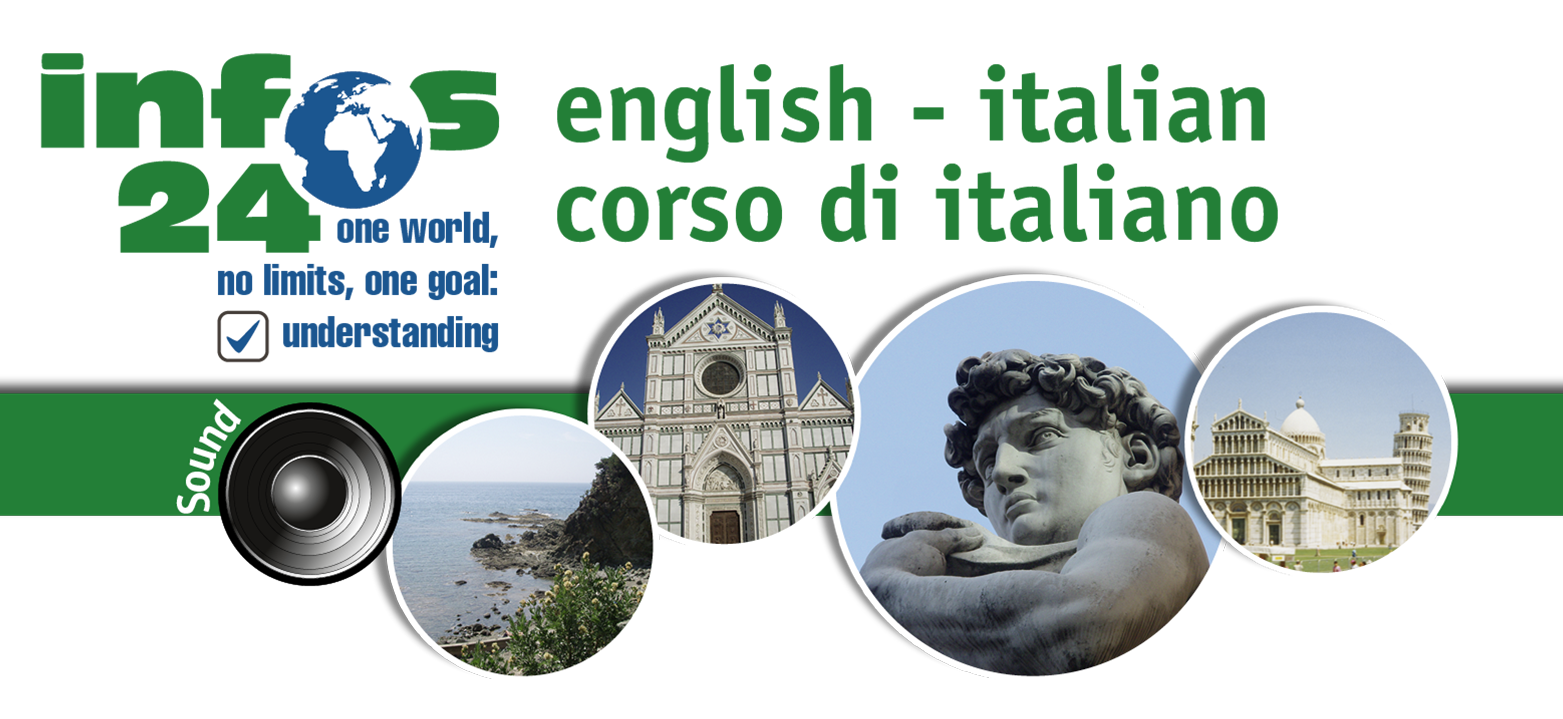
| 8.2 relative pronouns and relative adverbs |
Sometimes it is useful to be able to distinguish between a relative pronoun and a relative adverb. The relative pronoun represents a noun, in other words the nominative, the direct / indirect object or the genitive of the main sentence.
| subject in the main sentence: The man that I see drinks a coffee. direct object in the main sentence: I like the woman who crosses the street. |
The relative adverb is, nomen est omen, an adverb. There are two reasons why it is called an adverb. First it is an adverb because it is invariable, doesn't match in gender and number with anything. It can also be called an adverb because inside the relative clause it is an adverb or an adverbial adjunct.
| The place where the accident happened is locked. |
Inside the relative clause the word place is neither nominative, nor dative, nor accusative. It is an adverbial complement. It is quite logical that something that represents an adverb or an adverbial adjunct is an adverb itself.
| contact privacy statement imprint |